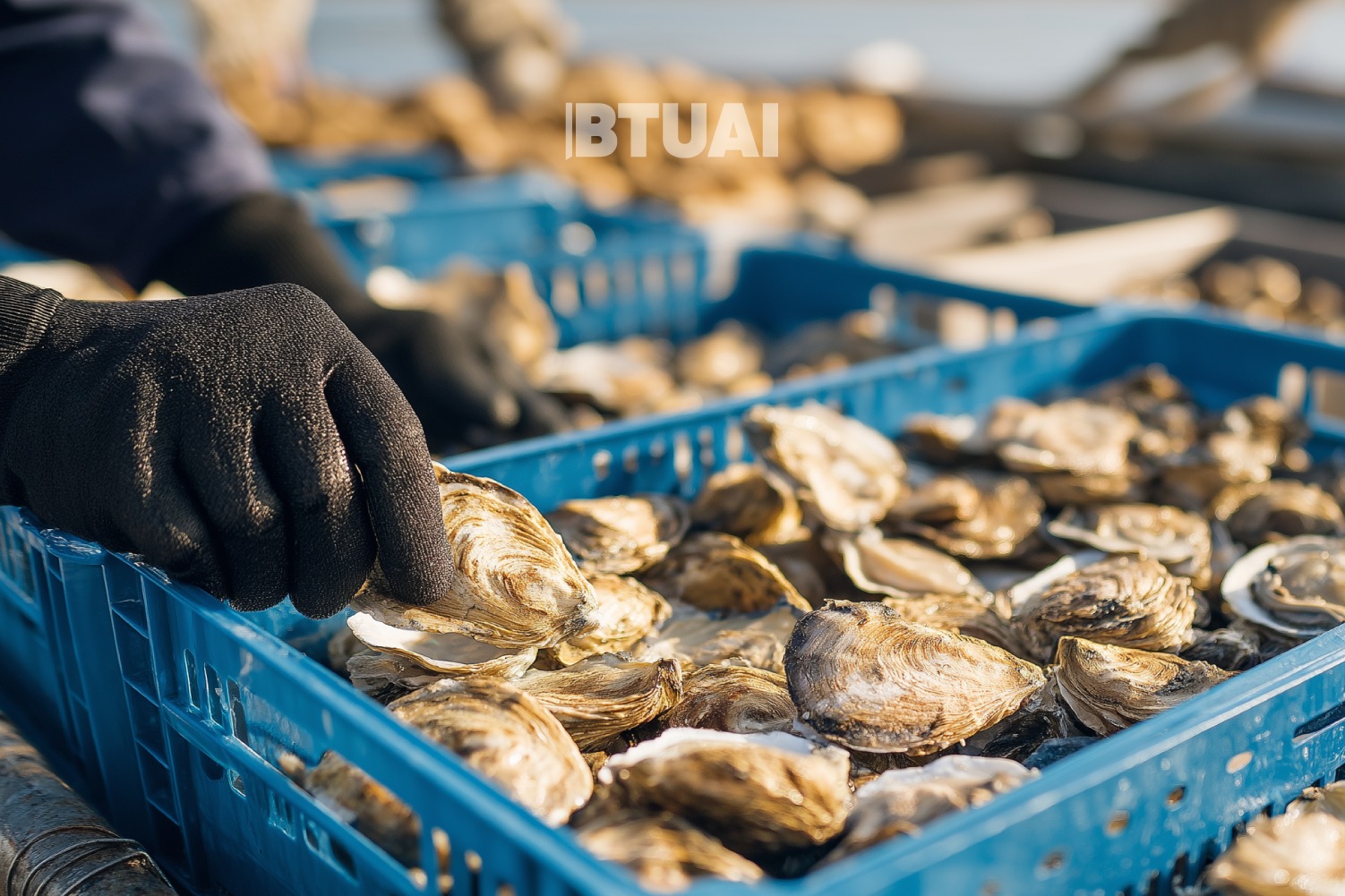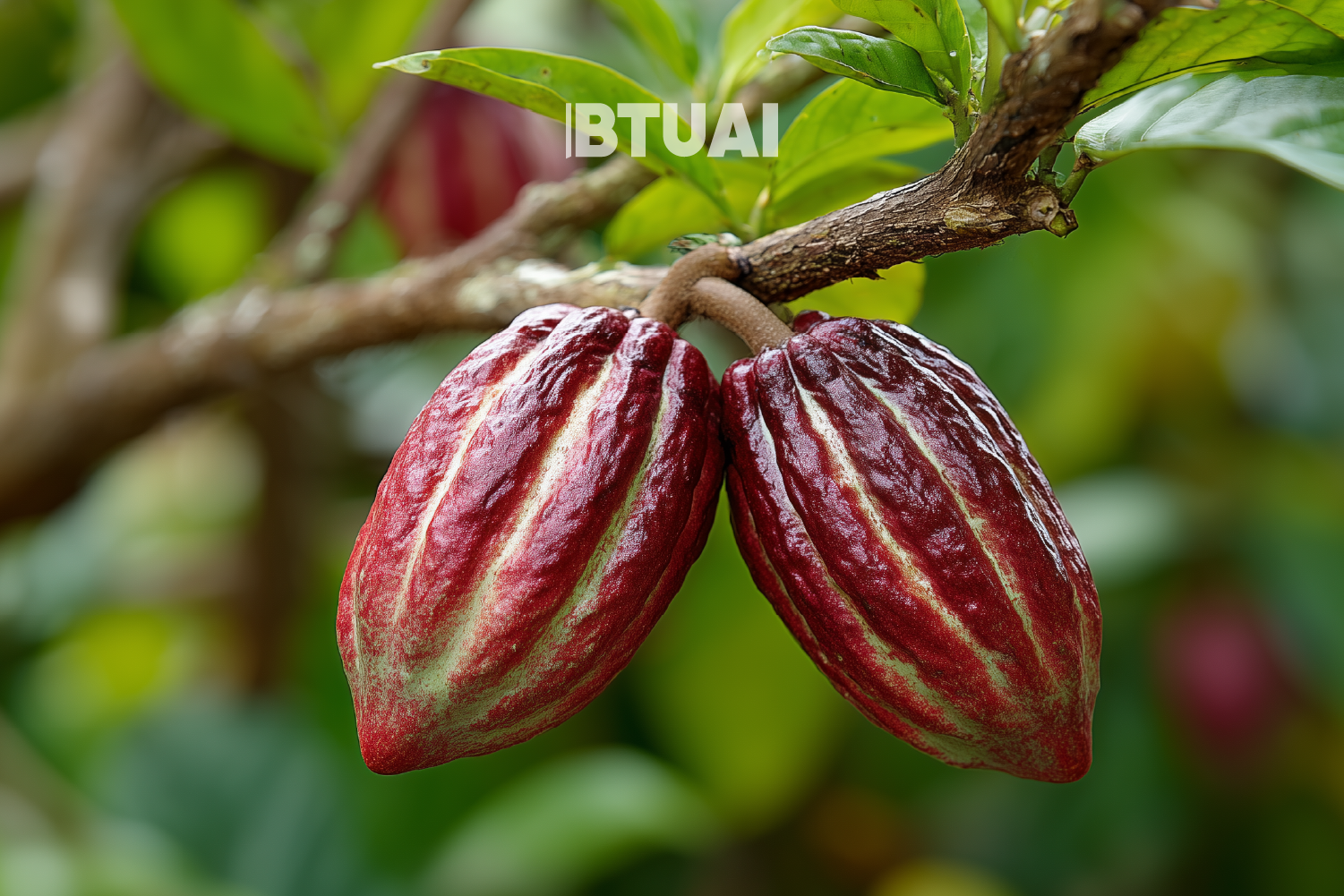Export Challenges for Georgian Alcoholic Beverages
In the first half of 2025, Georgia’s exports of alcoholic beverages saw a marked decline — both in volume

In the first half of 2025, Georgia’s exports of alcoholic beverages saw a marked decline — both in volume and in value. According to data from the National Statistics Office, between January and May, 22,913 tonnes of alcoholic drinks were shipped abroad, compared to 27,442 tonnes during the same period last year. This represents a year-on-year drop of 16.5%. Export revenues also fell by $11 million, totaling $82.22 million. While the average export price per liter increased by $0.10 to $3.50, this slight price rise was not enough to offset the drop in volume.
The concentration of Georgia’s export markets remains the most significant risk factor. Russia continues to dominate, accounting for 59% of total exports — 13,622 tonnes valued at $53.08 million. Armenia, Ukraine, France, and Belarus follow, but each holds a relatively small share. This heavy dependence on a single market makes Georgia’s export revenues highly vulnerable to geopolitical instability. In recent months, economic and political fluctuations in Russia, coupled with customs-technical barriers and shifting global trade dynamics, have had a direct impact on Georgian export volumes.
Meanwhile, imports during the same period grew by 8.8%, reaching 3,472 tonnes. Price trends revealed another notable shift — last year, the average price of imported alcoholic beverages stood at $6 per liter, whereas this year it has fallen to $5.30. This suggests that foreign products entering the Georgian market are becoming more affordable for local consumers, intensifying the competitive pressure on domestic producers.
The import market itself is diverse. Russia holds the largest share at 780 tonnes, but the United Kingdom and Armenia are also key suppliers. Notably, alcoholic beverages imported from Russia are generally in the lower price segment, while those from the UK dominate the premium range (289 tonnes valued at $2.757 million).
The Georgian alcoholic beverage industry is therefore facing a complex set of challenges: declining exports, high market concentration and growing sensitivity to external factors, alongside increasing domestic demand for imported products with a wider price range. For the sector to achieve sustainable growth, it will be crucial to identify new export destinations, diversify product offerings, and develop new value chains — measures that would strengthen the country’s economic resilience in the face of global risks.




